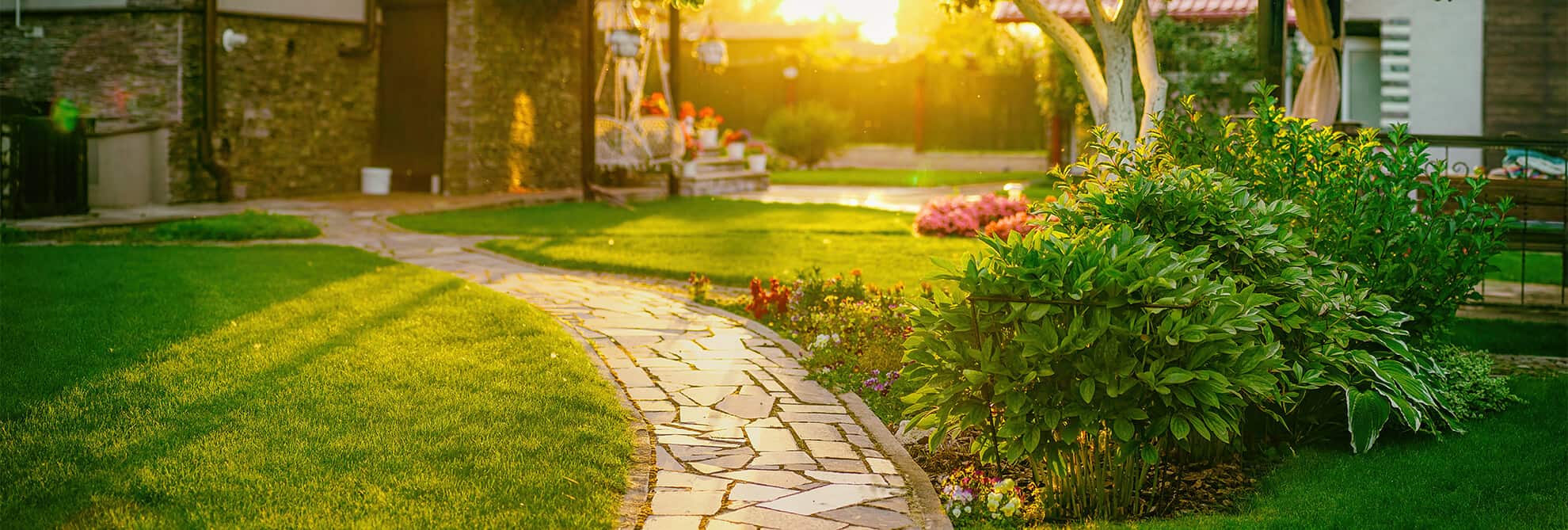
Home Pests
Need help with handling indoor pests?
Take a look at the guides written by our experts.

Outdoor Pests
Need help with handling outdoor pests?
Take a look at the guides written by our experts.

Need help with handling indoor pests?
Take a look at the guides written by our experts.

Need help with handling outdoor pests?
Take a look at the guides written by our experts.